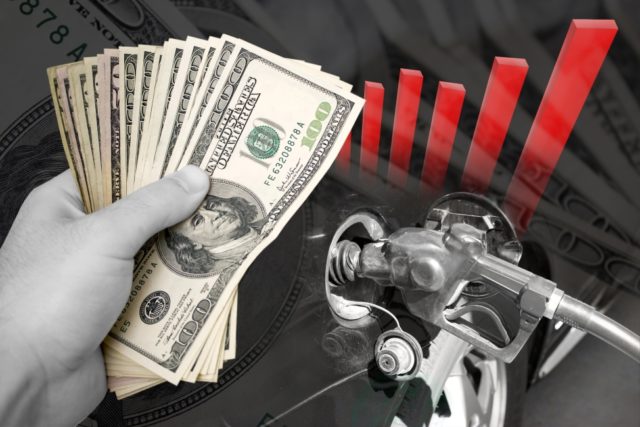
Consumer gasoline demand is at the highest level on record for March. According to the Energy Information Administration’s (EIA) latest report, demand measured at 9.6 million b/d – levels typical of summer months, not the first quarter of a year. U.S. exports continue to trend high, accounting for a large chunk of this week’s demand data.
“As demand strengthened, gasoline inventories declined, pushing the national gas price average two cents more expensive on the week to $2.55,” said Jeanette Casselano, AAA spokesperson. “As a result, the majority of motorists are seeing more expensive gas prices at the start of this work week.”
Today’s national gas price average of $2.55 is two cents more than a month ago and more than a quarter (26 cents) higher than this time last year.
Calculate your gasoline cost on your next trip
South and Southeast
Motorists are paying more to fill-up on the week in the South and Southeast. Georgia (+6 cents), Texas (+4 cents) and Florida (+4 cents) saw the largest increases in the region. Georgia’s week-over-week increase lands the state on the top 10 states list with the biggest jump in the country.
Despite the increases, the region continues to see some of the cheapest gas in the country. Mississippi ($2.28), Alabama ($2.28), South Carolina ($2.29), Arkansas ($2.30), Texas ($2.31), Louisiana ($2.32) and Oklahoma ($2.34) are among the top 10 states with the least expensive gas prices in the country.
Gasoline inventories dropped on the week yet remain above the 85 million bbl mark. Offline for planned maintenance the past month, Motiva’s Port Arthur, Texas, refinery has brought a processing units back online, which will likely contribute to an increase in inventory in coming weeks.












